July 2025 Newsletter
You are Priceless! You are Free! That is the theme of this month’s newsletter. “You, my brothers and sisters, were called to be free. But do not use yourfreedom to …
Salvation Army USA Western Territory Women's Ministries

You are Priceless! You are Free! That is the theme of this month’s newsletter. “You, my brothers and sisters, were called to be free. But do not use yourfreedom to …
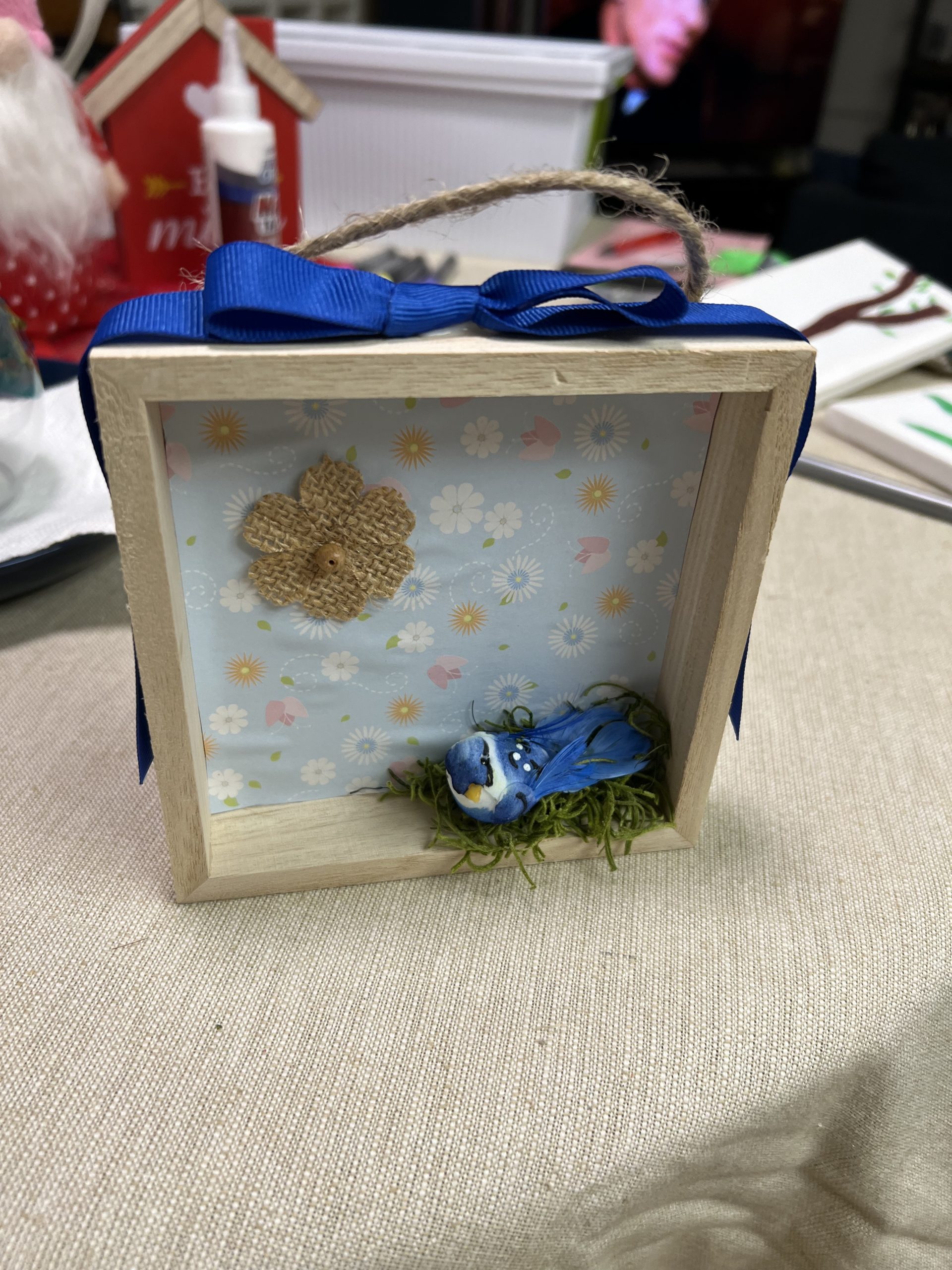
By Major Harryette RaihlDivisional Women’s Ministries Secretary – Southern California Division Items Needed: Instructions: Cut to size and paste designed paper onto wooden inside frame (see in photo). Add flowers, …

You are Priceless! You are Forgiven! That is the theme of this month’s newsletter. He does not treat us as our sins deserve or repay us according to our iniquities. …
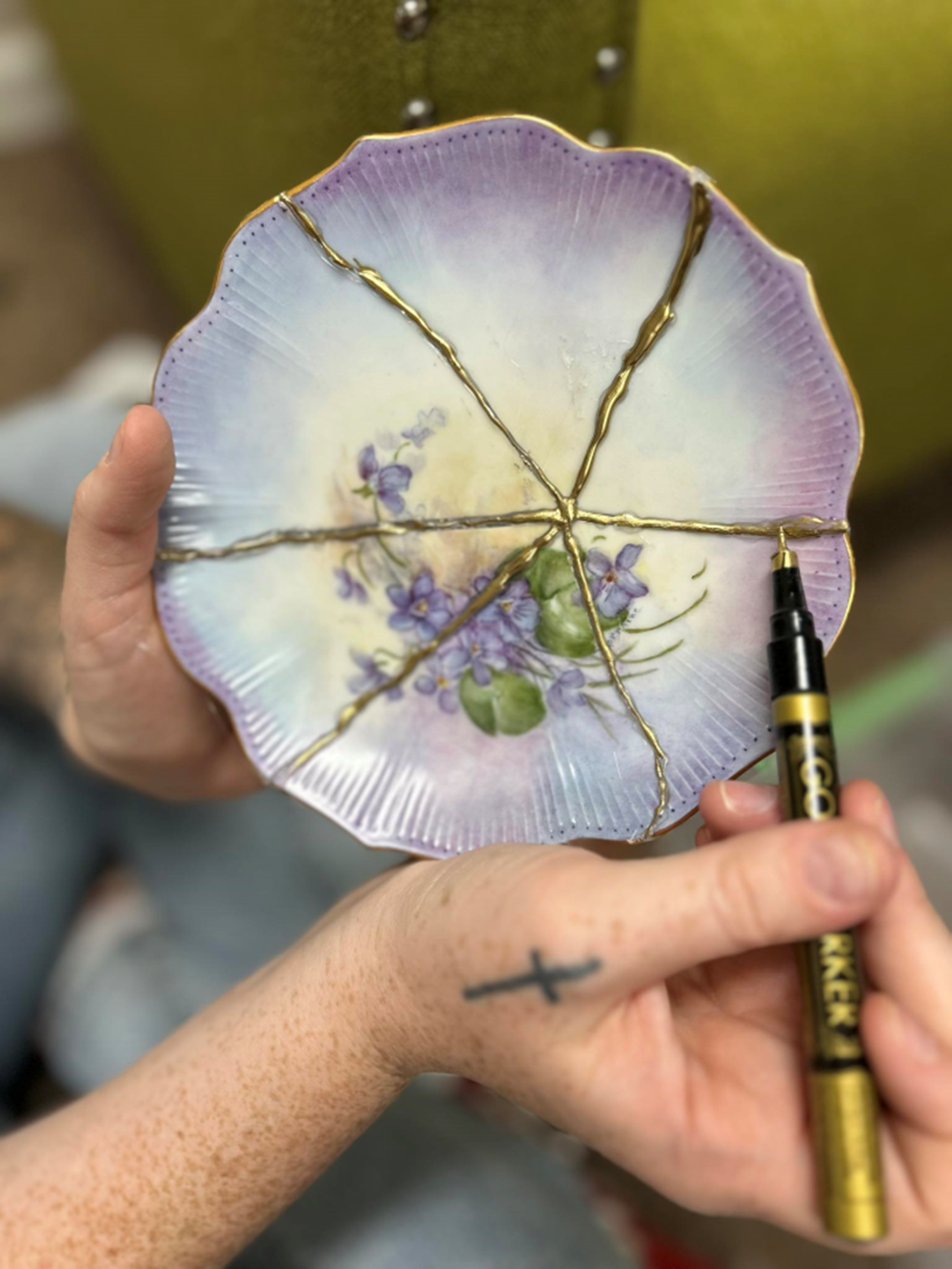
By Major Tammy Ray, Sara Ray and Carol WorldRedding, CA Corps – Del Oro Division Kintsugi is an artistic technique of repairing broken pottery in a way that enhances imperfections …
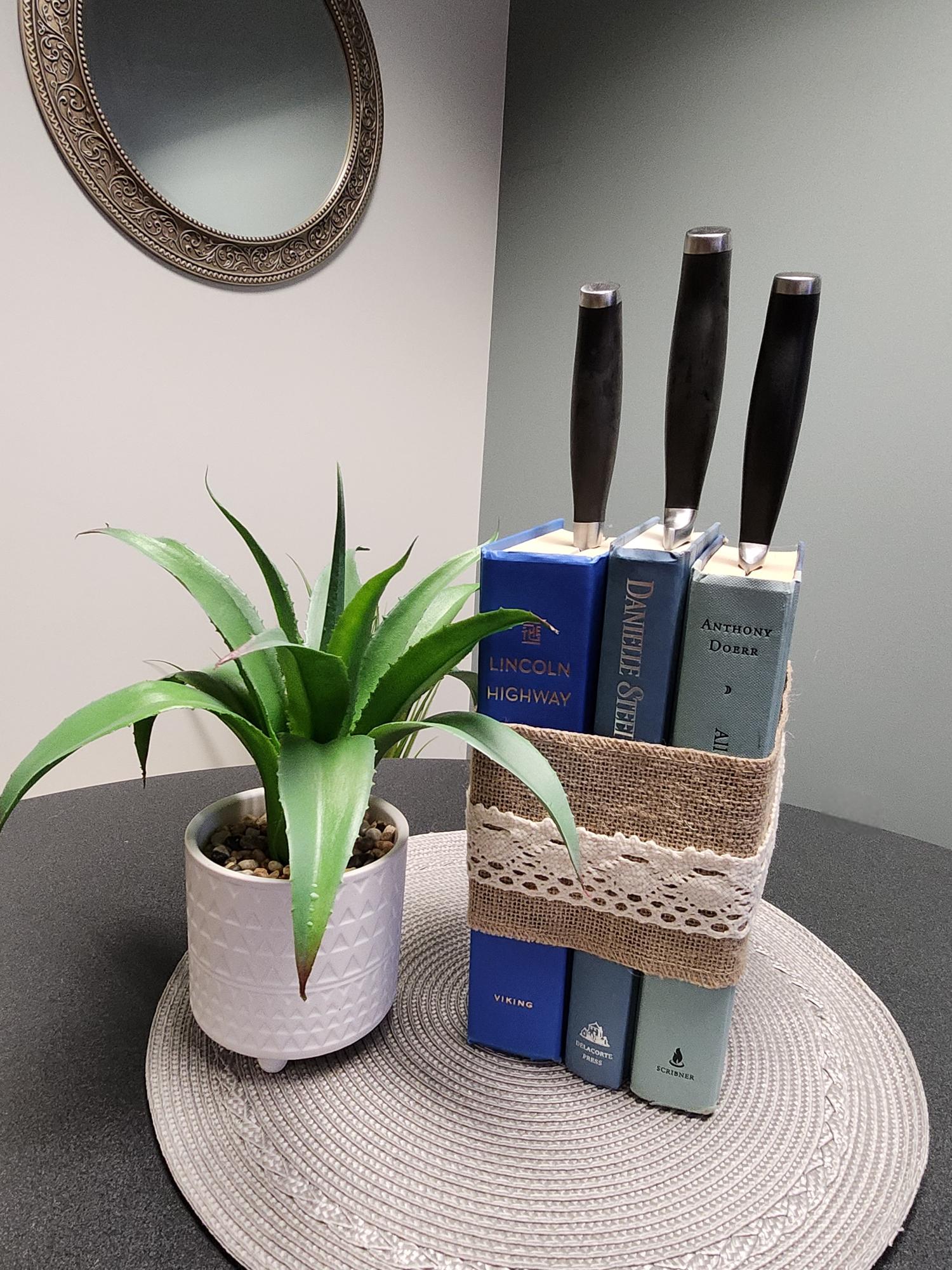
By Lt. Colonel Noelle NelsonDirector of Special ServicesAdult Rehabilitation Centers Command Instead of throwing out your old hardback books, rescue them from the trash heap and make a knife block! …

You are Priceless! You are Rescued! That is the theme of this month’s newsletter. For he has rescued us from the dominion of darkness and brought us into the kingdom …
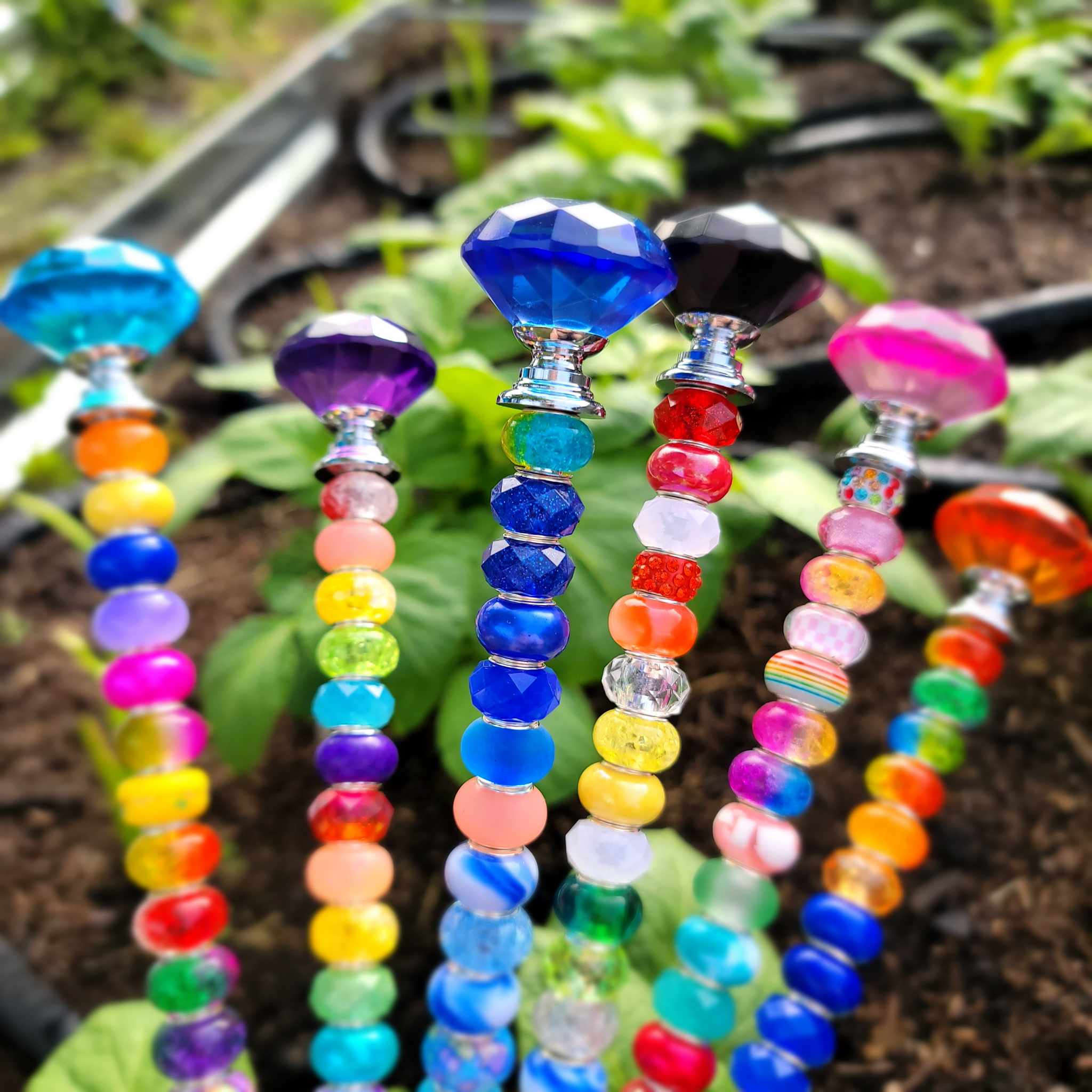
By Captain Gin PackCentralia, WA Corps – Northwest Division Although the primary focus of Victory Gardens was to produce food. They were also a place to showcase deep pride for …
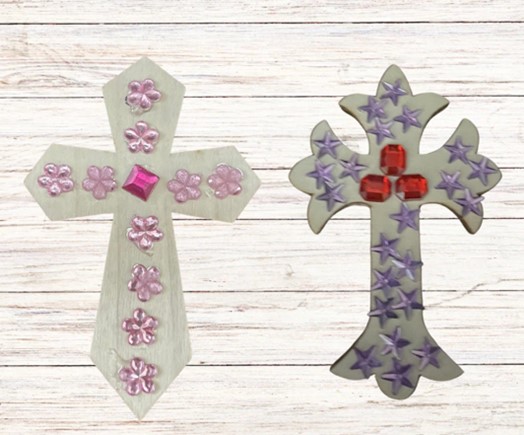
By Captain Jan PembertonDivisional Women’s Ministries Secretary – Cascade Division Materials Needed: Instructions: Step 1: Use either your Cricut, Exacto knife or sheers to cut out a predetermined pattern. This …

You are Priceless! You are Redeemed! That is the theme of this month’s newsletter. Praise be to the Lord, the God of Israel, because he has come to his people …
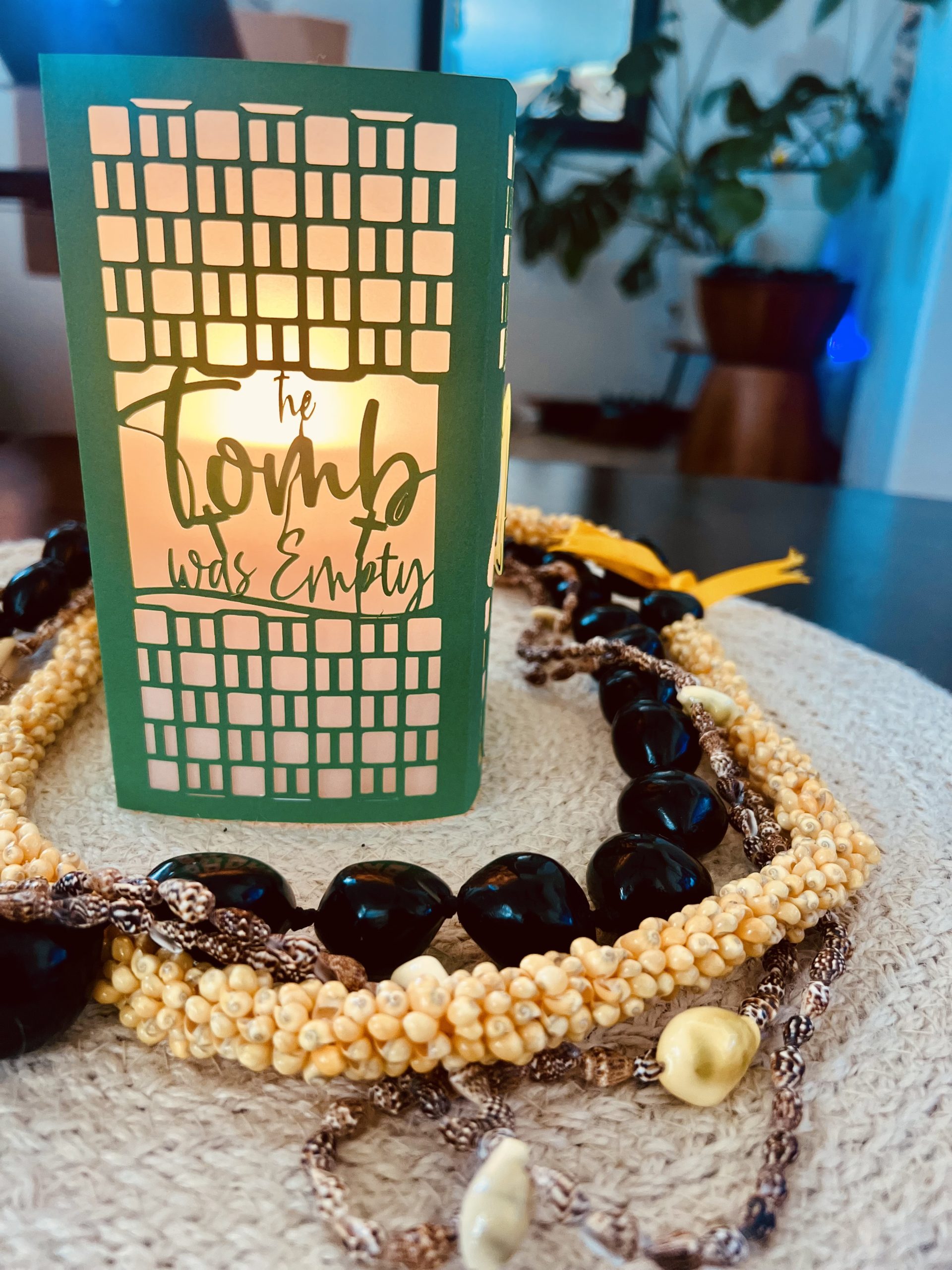
By Major Lynn StewartKapolei Kroc, HI – Hawaiian and Pacific Islands Division This Easter craft is not only a beautiful centerpiece, but it’s also a perfect visual for devotional purposes. …

In honor of International Women’s Day (which was March 8, 2025), the USA Western Territory held its second annual “Woman Preach Day” on Sunday, March 2. The goal was to …

You are Priceless! You are a Masterpiece! That is the theme of this month’s newsletter. For we are God’s masterpiece. He has created us anew in Christ Jesus, so we …
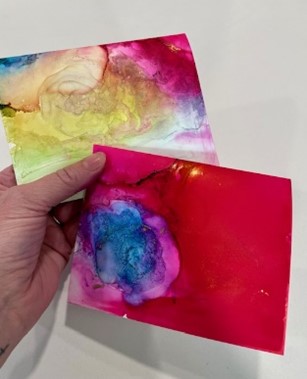
By Captain Aimee DochertyIntermountain Division For we are God’s masterpiece. He has created us anew in Christ Jesus, so we can do the good things he planned for us long …

You are Priceless! You are Loved! That is the theme of this month’s newsletter. And may you have the power to understand, as all God’s people should, how wide, how …

By Captain Serina WoodsHaines, AK Corps – Alaska Division Supplies Needed: Directions: Before craft preparation Step 1: Print out hearts – one large and one small for each person (Pattern …

By Major Peggy Helms, Riverside, CA Corps& Major Angela Strickland, Divisional Women’s Ministries Secretary – Golden State Division For you created my inmost being; you knit me together in my mother’s …

You are Priceless! You are Beautiful! That is the theme of this month’s newsletter. You are altogether beautiful, my darling; there is no flaw in you. Song of Songs 4:7 …

You are Priceless! You are Saved! That is the theme of this month’s newsletter. For the wages of sin is death, but the gift of God is eternal life in …
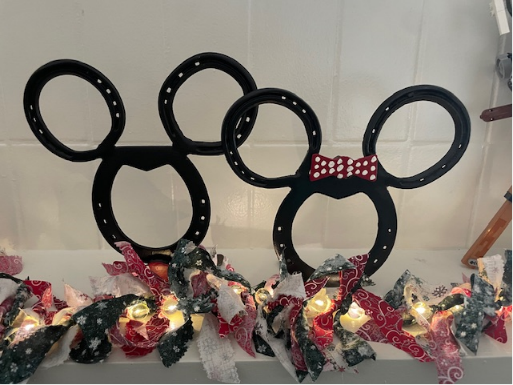
By Major Jessyca CarrEducation OfficerCollege for Officer Training There are so many different combinations of fabric or ribbon and lights; you can check out YouTube for other options. Using fabric …
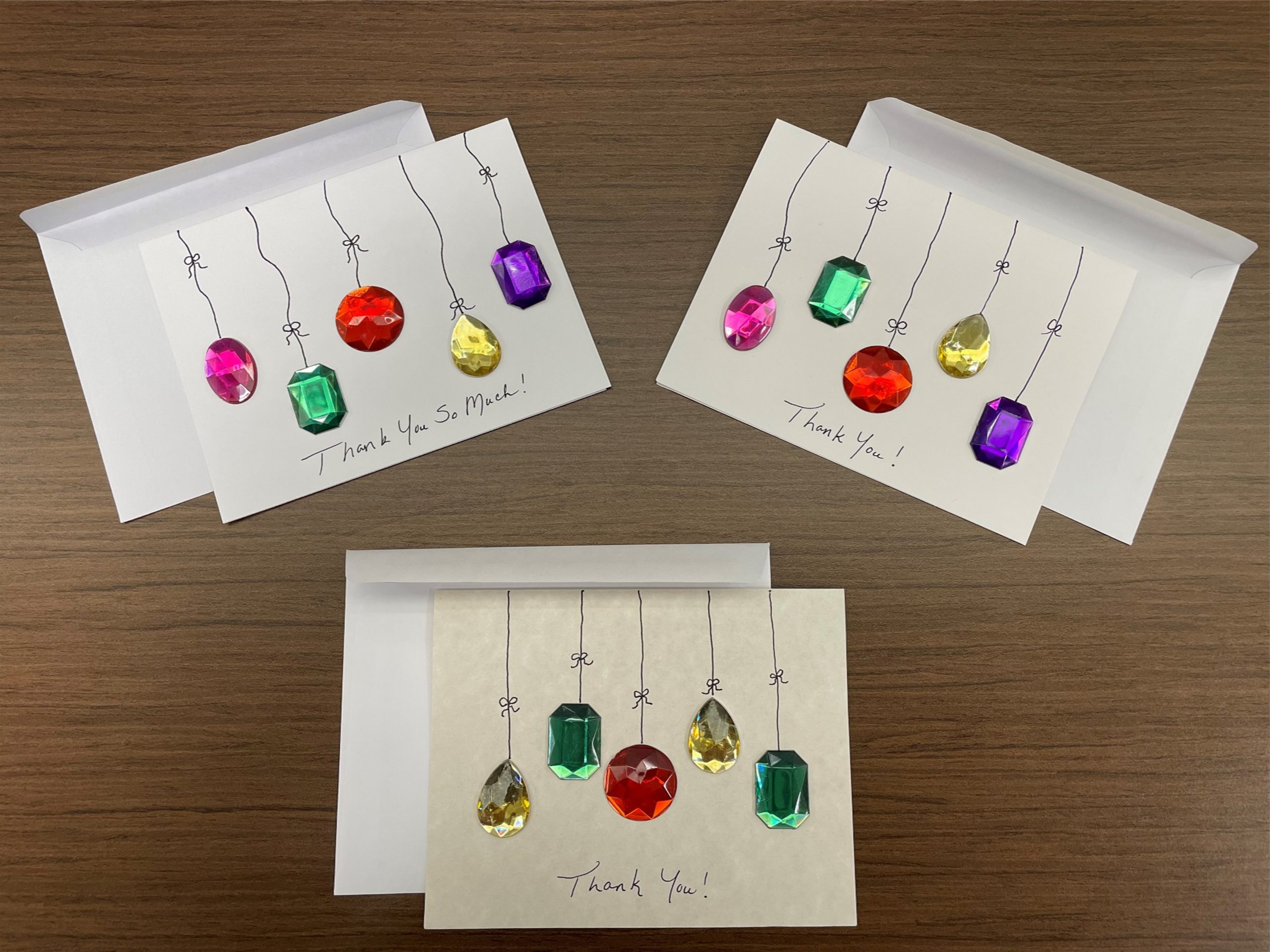
By Margaret GriecoTerritorial Women’s Ministries Department Philemon 1:4-5 – “I always thank my God as I remember you in my prayers, because I hear about your love for all his …

We are excited to announce a brand-new series of daily devotionals produced by the IHQ Women’s Ministries Department, “Reflections on Justice.” The series contains 31 devotionals, written by women of …

You are Priceless! You are Fully Known by God! That is the theme of this month’s newsletter. O Eternal One, You have explored my heart and know exactly who I …
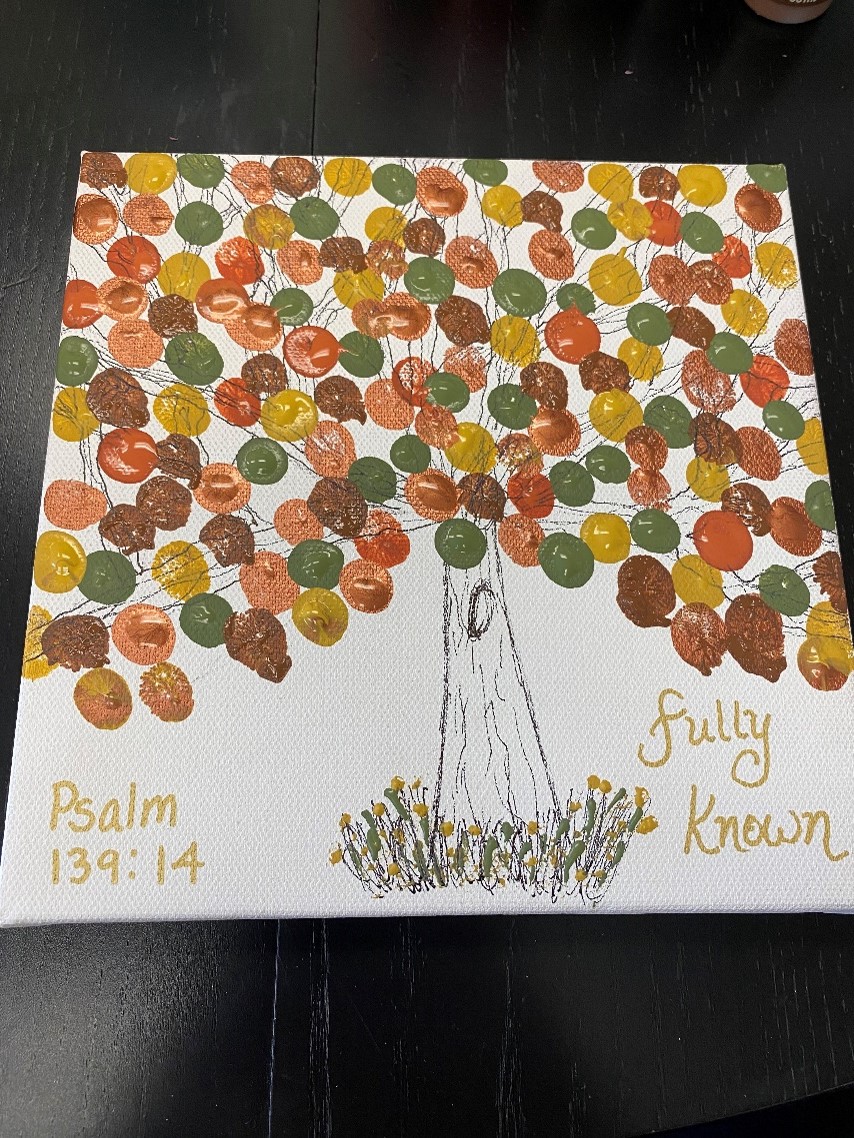
By Major Gaylene YardleyDivisional Women’s Ministries Secretary – Southwest Division This craft is a tree with all the lady’s fingerprints as leaves in fall colors. You can make one print …

Commissioner Bronwyn Buckingham, World President of Women’s Ministries shares this letter: As followers of Jesus, we are called to be salt and light in our communities, bringing hope, healing and …